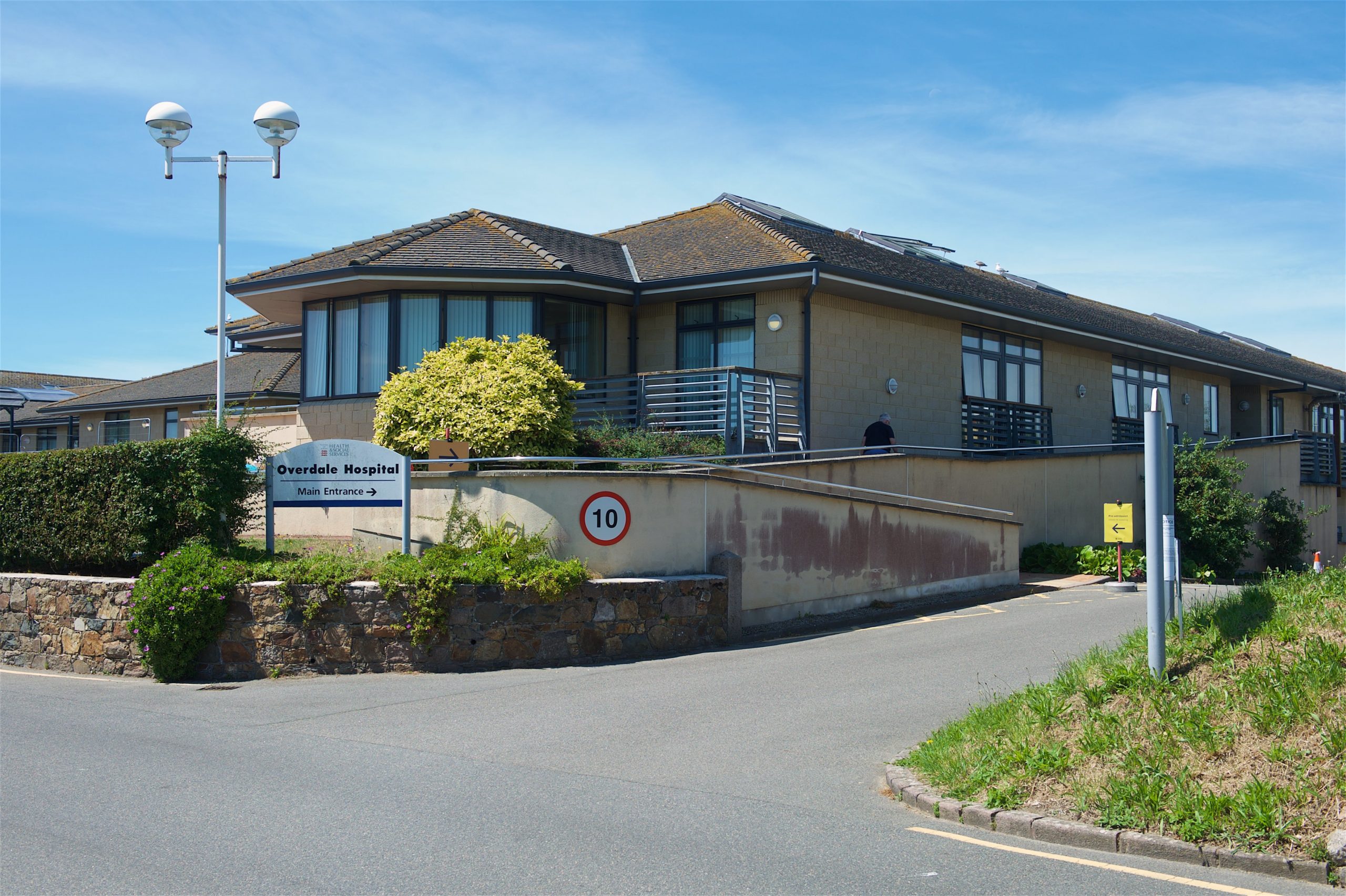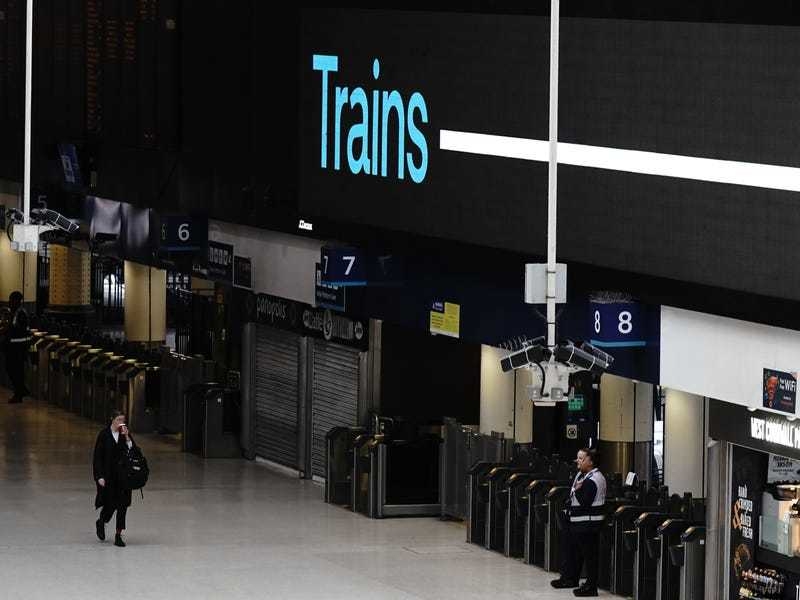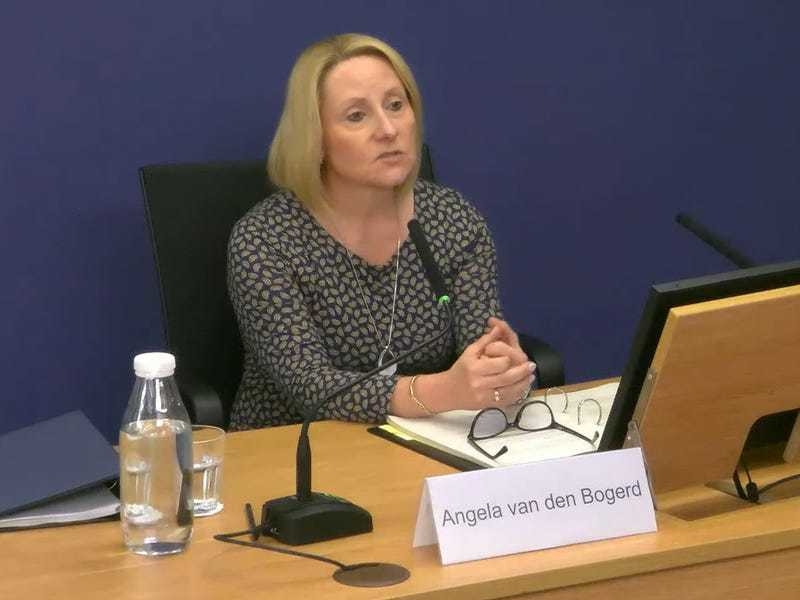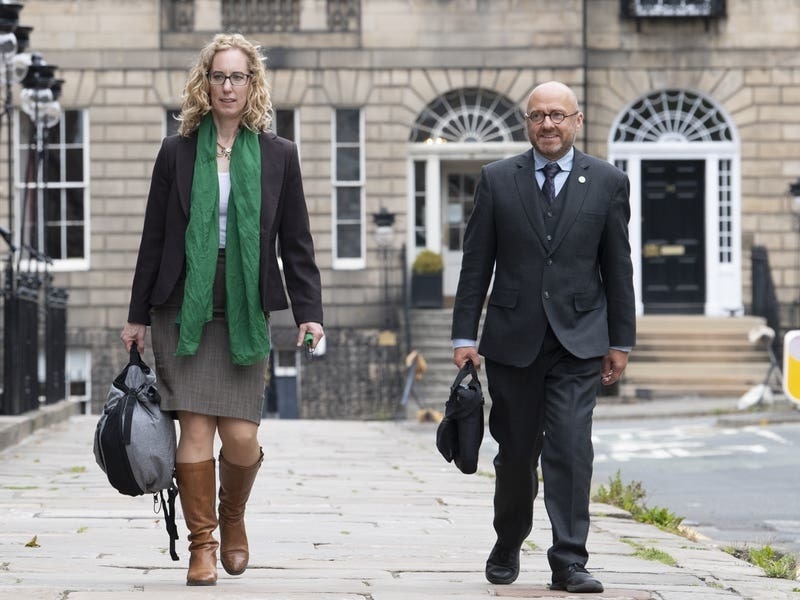WE have had lots of discussion about a possible new hospital for Jersey, including access, aesthetics, loss of amenity (the People’s Park, bowling green etc), compulsory-purchase costs, building costs, financing, and other peripheral aspects of the proposal. Hardly anyone has mentioned the medical aspects of the project. We have had Hamlet without the Prince of Denmark.
The main concern must be that we might end up with a single unitary hospital, which would mean that we could pretty much be prevented from treating non-infected patients when a dangerously communicable dominant virus or antibiotic-resistant bacterium was present in parts of the single hospital. This is because a single building would, in practice, have to have common parts and pinch points such as vehicular and pedestrian entrances, corridors and lifts. Moreover, administrators would have to have contact with medical staff and, despite precautions such as N95 masks and other PPE, there would be significant and unnecessary risks of cross-infection.
Pre-assessment of non-infected patients would still have to be at a remote site (where?), just as candidates for surgery at the General Hospital are now routinely pre-assessed for Covid at Overdale. At the Covid peak, the General Hospital appears to have been divided between front (Covid) and back (non-Covid) to cope safely with at least some non-Covid patients. Whether ventilation and air filtering were always completely separate, I do not know. What I am sure about is that we should not turn two major sites into one by building at Overdale and abandoning the General Hospital to developers, unless it is at the same time possible to treat non-infected patients in the Island while a dangerous communicable disease is also present. This possibility should be confirmed on the record by a disease expert, such as Dr Ivan Muscat, explaining what would have to be done, speaking as an expert rather than as a spokesperson for the government.
Having two sites obviously also adds flexibility, as a department on one site can be refurbished while its functions are temporarily transferred to the other. I am aware that there are other constraints, besides medical facilities – above all staffing – in trying to treat infected and non-infected patients at the same time. Questions also arise about the possible need for two separate intensive-care and high-dependency units to accommodate the infectious and non-infectious patients. But the question of what type of buildings are needed to achieve our objectives comes at the end of the discussions, not at the beginning. I would want doctors to be at the centre of these – not politicians, architects
or planners. Think hospitals, not buildings.
As for the General Hospital being a crumbling structure, much of it looks, although not beautiful, pretty usable to me. The radiology department, for instance, seems a good example of what can be done by way of refurbishment within an old structure. Lots of London teaching hospitals have had old structures continually refurbished. No one knows what the future holds, but we should be prepared for new zoonotic viruses from the east, and the possible importation of workers into our common travel area – at this time of extreme labour shortage – from places where communicable diseases are endemic.






